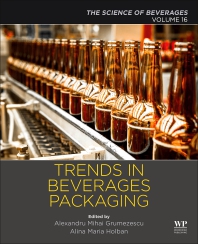Pilot programs designed to show how multi-material films could have value as recovered materials are in process in both the United States and Europe. They probe curbside collection, sortation and conversion of flexible packaging into value-added products.
A report titled Flexible Packaging Resource Recovery Update, which updates the FPA brochure Flexible Packaging Resource Recovery: A Work-in-Progress, details those efforts. Now available from the FPA, it describes key factors that affect the value of recovered flexible materials. It looks at:
- Collaborative pilots currently underway
- Advances in package-to-resin conversion technologies
- The state of waste-to-energy and waste-to-fuel technologies
Of the pilot programs, the Citrus Heights, CA, “Energy Bag” demonstration is complete; it shows that consumers will participate in a system that uses a separate bag to divert flexible packaging materials from the waste stream. A similar program in the UK awaits a final report, while another UK program won’t be completed until 2017. The “Materials Recovery for the Future” program in the U.S. is scheduled for completion in early fall.
The FPA report also assesses current package-to-resin conversion technologies. It details work by TerraCycle and ZZyzx Polymers in the U.S. It also looks at work by Saperatec in Germany. Each process has challenges in using post-consumer packaging. Materials from such waste streams are diverse, and the processes need consistent quantity and quality.
Finally, the report looks at waste-to-energy and waste-to-fuel options. The table below shows the four approaches under investigation and their outputs. The Flexible Packaging Resource Recovery Update also lists companies working on each of the processes and the progress in working toward commercial scale.
The report recognizes the collaboration needed to produce results in any of these efforts. It lists organizations such as the FPA, ACC and AMERIPEN that are working together to reach solutions.
The report recommends that the next steps should be to develop collaborative pilots. They would build on the learning from current efforts; the goal would be to demonstrate the behavior of multi-material laminates at key points along the recovery value chain. Further work needs to take a perspective that technologies are evolving and that the most beneficial approaches could change over time.
For More Info
Go to www.flexpack.org or email fpa@flexpack.org.









